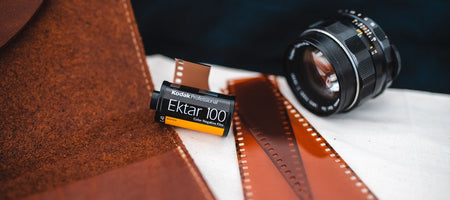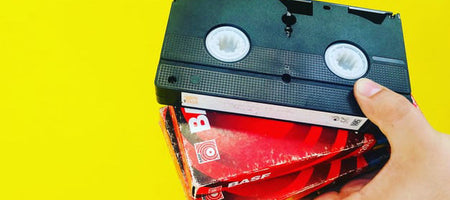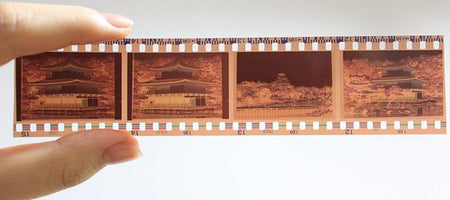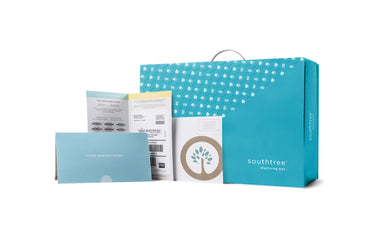For those old enough to remember, tape tracking was like an act of wizardry back in the day when renting VHS tapes from the local video store (RIP Blockbuster) or watching home videos. Turning the tracking dials just enough – a little here, a bit there – was like a balancing act of clarity to get the best picture quality available without fuzzy white lines stretching across the screen. Of course, automatic tracking eventually came along and put an end to the Goldilocks balancing act, but remember, this was a time when high definition wasn’t even a blip on the radar and smart TVs constituted who had the biggest bunny ears for their set.
As you turned those tracking dials to get the picture juuuuust right, did you ever stop to think about the technology behind them? All the gears, gadgets and doohickies working in perfect unison. What was actually happening to your tape inside the VCR?
Well, you’re about to, so sit back, grab some popcorn and get ready to rewind time. Just be kind about it.
What is tracking?
In the simplest definition, tracking fine tunes tape speed during playback. Sounds simple enough, right? In more complex terminology, the control track encodes a series of pulses, each one in unison to the beginning of each tape frame. This pulsation results in the video tape player synchronizing its scan speed with the tape speed and the recording speed. As all three speeds work together seamlessly, the video plays in its proper format and time. Not so simple, right?
Problem is, good tracking depends precisely on the distance between certain components of the tape and VCR – we’re talking micrometers here –which is why most VCRs offered tracking adjustment (manual or automatic) to correct any error in playback quality. The last thing you want is your rotating drum and the fixed control (audio head) reading linear tracks being off – ammirite?!
Tape degrade: tacking an old VHS
When you think of VHS tapes, you probably think of something obsolete. An era passed. Bygone technology. A has-been device … you get the point. That’s because their technology is in fact built to degrade overtime. The magnetic media within tapes will gradually lose their charge in a process called remanence decay. But this is just one of many ways VHS tapes can fade over time, causing issues with their tracking abilities and general playback quality. If the culprit isn’t demagnetization, it could be loss of lubricant in the binder or successive recordings that essentially strip a layer of information every time you record something new. Just think back to how many times you rewrote the tape by recording and then re-recording something new over and over on the same VHS.
Or maybe you just played the heck out of a VHS tape and that onslaught of years of rewinding and playback stretched the backing and substrate too much, resulting in visible tracking errors that have now reduced playback quality. We all had our favorite movies that we watched a gazillion times (I’m sorry Ace Ventura: Pet Detective).
But don’t settle for thinking it’s only your VHS tapes that are messing with your tracking quality. VHS tapes last an average of 10-25 years and VCRs fall on the shorter end of that same span. Nothing like having your favorite films eaten by the ravenous rewind teeth (R.I.P. Titanic). So, before you go throwing away your nostalgic home videos or your copy of The Sandlot because the tracking is off, consider picking up a newer (does such a thing exist?) VCR from Ebay or the thrift store. We’d hate for you to just throw away your memories like that.
In fact, maybe you should just forgo the VCR altogether, and check out Southtree. We’ll take your old childhood memories stashed in that box of dust-covered VHS tapes and make them digital. So you never have to worry about the tracking going out.













